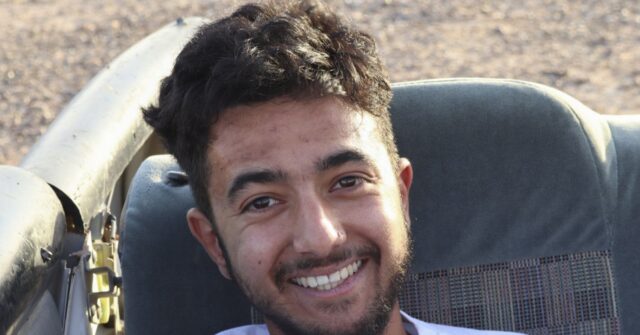In a recent development concerning the ongoing conflict in Gaza, American-Israeli hostage Hersh Goldberg-Polin was tragically confirmed dead, alongside five other hostages, within a tunnel in Gaza. Reports suggest that these individuals were likely held as human shields by Hamas leader Yahya Sinwar. According to Israel’s Army Radio, the location of their discovery correlates with military operations undertaken by the Israel Defense Forces (IDF) aimed at neutralizing Hamas members. The complexity of this situation is amplified by the implications of using hostages as shields during armed conflict, raising serious ethical concerns and inquiries into international law regarding human rights violations.
In a separate but related incident, the IDF discovered what is believed to be Sinwar’s body following an offensive against a building suspected of harboring terrorists. Eyewitness accounts and immediate forensic evaluations indicate that external identifiers, such as the deceased’s distinctive watch and physical features, support the assertion that the body of the Hamas leader had indeed been located. Sinwar is thought to have strategically utilized his position by surrounding himself with other militants as a deterrent against potential airstrikes from Israeli forces. This tactic exemplifies the distressing dynamics of hostage situations where combatants prioritize their safety over the lives of innocent individuals.
Following the confirmed deaths of the hostages, including Goldberg-Polin, insights from military analysts suggest that Sinwar may have abandoned the hostages in a desperate maneuver to evade capture or death at the hands of the advancing Israeli forces. Social media speculation indicates that he may have intended to flee Gaza amidst mounting pressures and a tightening military cordon. The ramifications of such an act highlight the precarious circumstances under which both hostages and their captors operate, often with deadly consequences. The Israeli public remains deeply concerned about the fate of additional hostages, and recent developments have led to increased scrutiny of the government’s strategies for hostage negotiations.
Families of the remaining 101 Israeli hostages, many of whom are believed to still be alive, have implored the Israeli government to leverage the death of Sinwar to facilitate negotiations with Hamas. They see this moment as a vital opportunity to advocate for the safe return of their loved ones. The emotional and psychological toll on families waiting for news of their relatives serves as a poignant reminder of the human cost of conflict. This appeal for decisive action reflects broader societal concerns regarding security, governmental effectiveness, and moral responsibility in safeguarding citizens, even amidst the complexities of warfare.
Joel B. Pollak, a prominent figure in American journalism, continues to report on these developments while providing commentary on the broader implications for Israeli policy. As a Senior Editor-at-Large for Breitbart News, he analyzes political strategies impacting current events, including those related to the Israeli-Palestinian conflict. Pollak’s work emphasizes the need for informed discourse around sensitive geopolitical issues and the obligation of governments to act decisively in the protection of hostages.
Amid the evolving crisis and political tensions, the situation surrounding the deaths of Goldberg-Polin and the other hostages serves as a grim reminder of the realities faced by individuals caught in conflict zones. The interplay between military strategy and humanitarian considerations is intricate and fraught with challenges. As families continue to grieve the loss of loved ones and anxiously await developments regarding remaining hostages, the international community watches closely, hoping for a sustainable resolution that prioritizes human rights and dignity amid ongoing strife. Each decision taken in these circumstances carries profound implications for the future, as well as lessons learned about the impact of violence on human lives.

